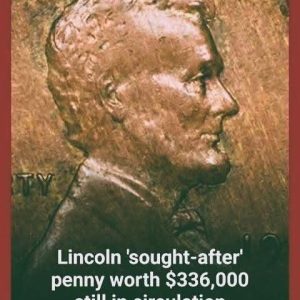The FBI has publicly rejected claims by conservative commentator Tucker Carlson that the bureau “lied” about Thomas Crooks, the 20-year-old who attempted to assassinate former President Donald Trump in July 2024. Carlson alleged that the FBI falsely stated Crooks had “no online footprint” and promised to release evidence contradicting that assertion. In response, the FBI Rapid Response account on X stated, “This FBI has never said Thomas Crooks had no online footprint. Ever.”
Crooks carried out the attack at a campaign rally in Butler, Pennsylvania, firing eight rounds from an AR-15-style rifle from a nearby rooftop. One audience member was killed and two others injured; Trump was grazed on the ear. A Secret Service counter-sniper shot and killed Crooks within seconds. The incident exposed security lapses, leading to the resignation of Secret Service Director Kimberly Cheatle and a review panel calling for “fundamental reform” of the agency.
Carlson posted a 35-minute video on X, claiming it showed material the FBI “worked hard to make sure you haven’t seen.” The footage included a clip from Crooks’ Google Drive in which he dry-fires a weapon and images of paper targets. Carlson highlighted what he described as Crooks’ extensive online activity across YouTube, Gmail, Snapchat, Venmo, PayPal, Zelle, Discord, Google Play, Quizlet, and Chess.com, arguing it contradicted alleged FBI statements about Crooks’ digital presence.
Carlson said the FBI questioned whether he had verified the accounts, which he dismissed as unnecessary. The FBI Rapid Response account emphasized that the current bureau, led under Director Kash Patel since November 2025, is distinct from the prior leadership and reiterated that it never claimed Crooks had no online footprint. A Community Note referencing a July 2024 comment by former Deputy Director Paul Abbate briefly circulated online but did not contradict the bureau’s statement.
The dispute highlights ongoing tensions between public commentators and federal agencies over information related to high-profile criminal incidents, digital evidence, and official messaging.



